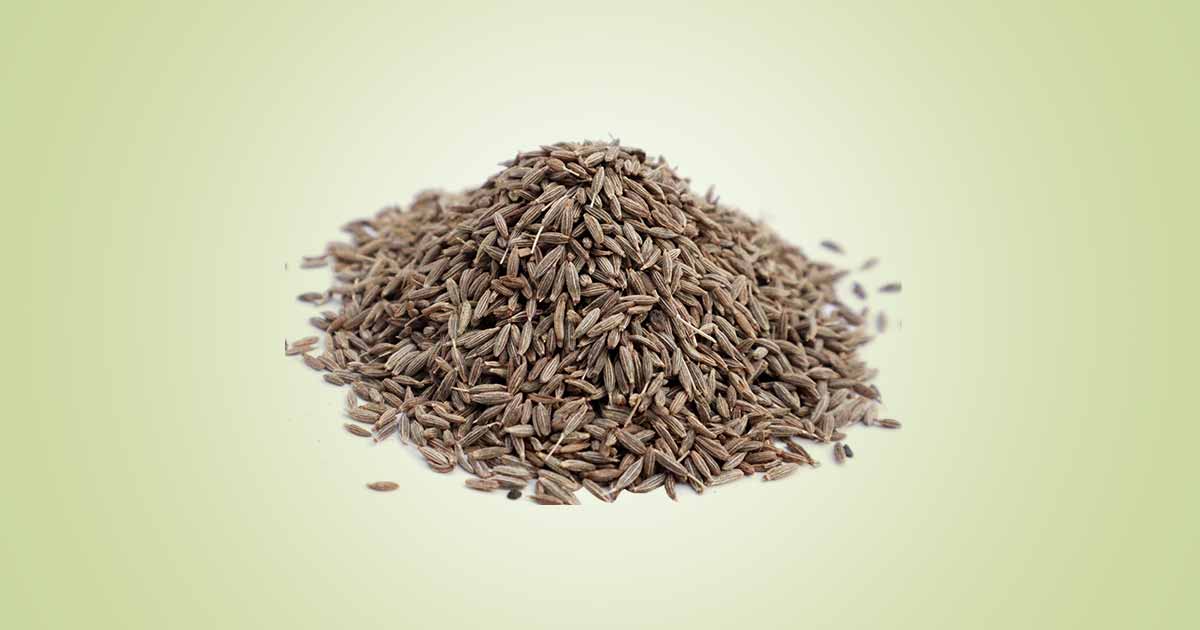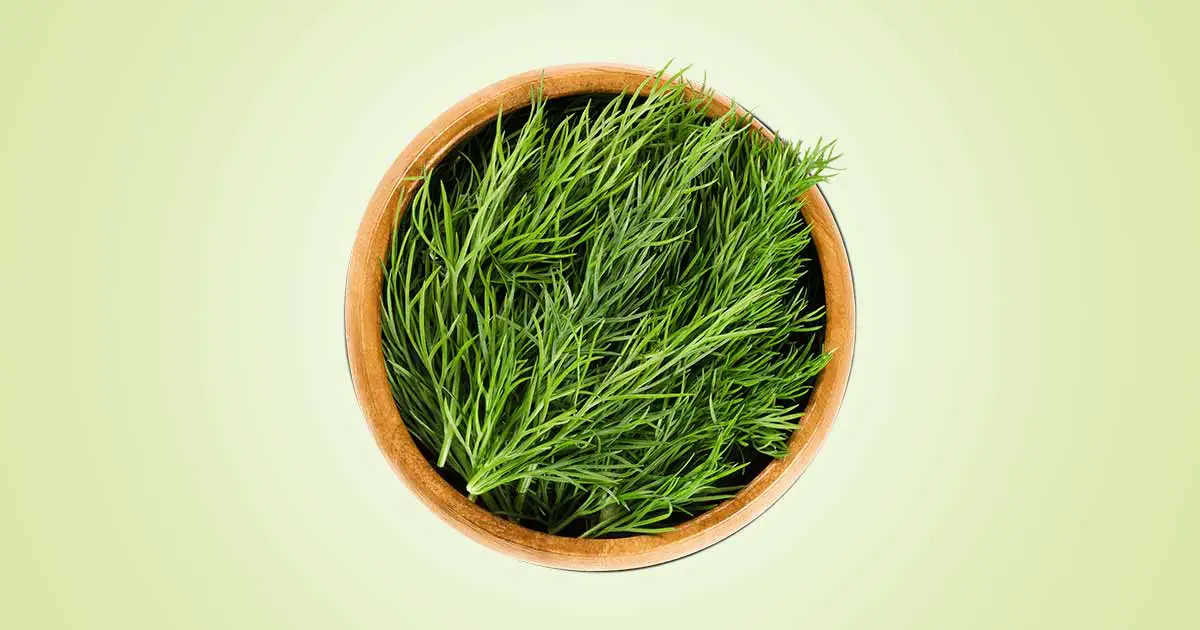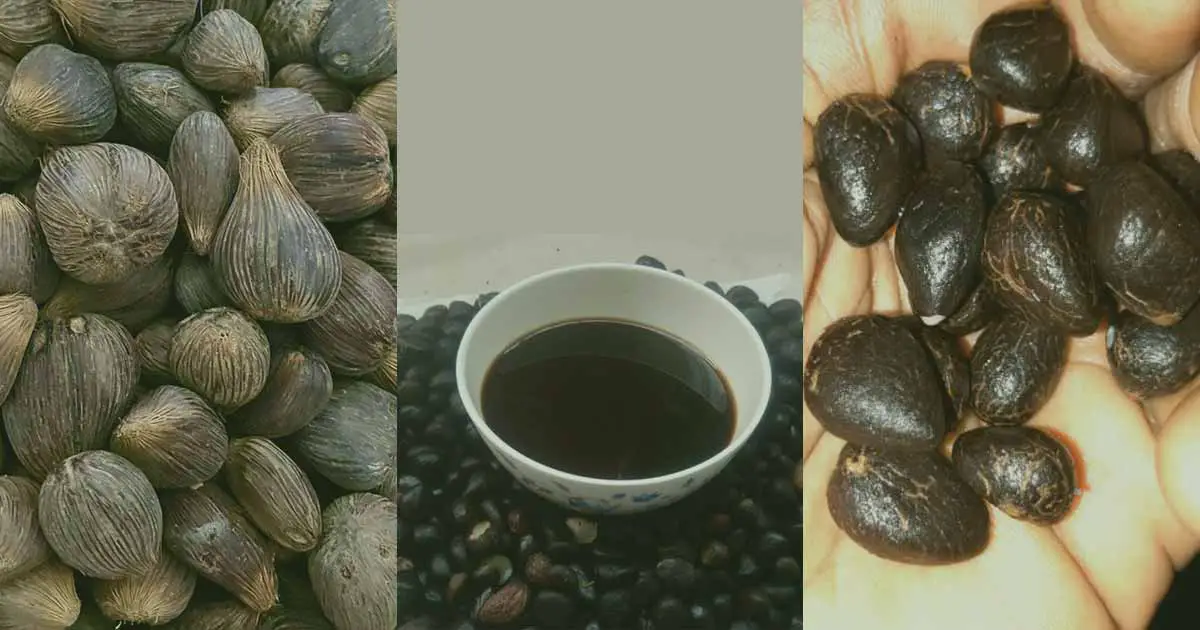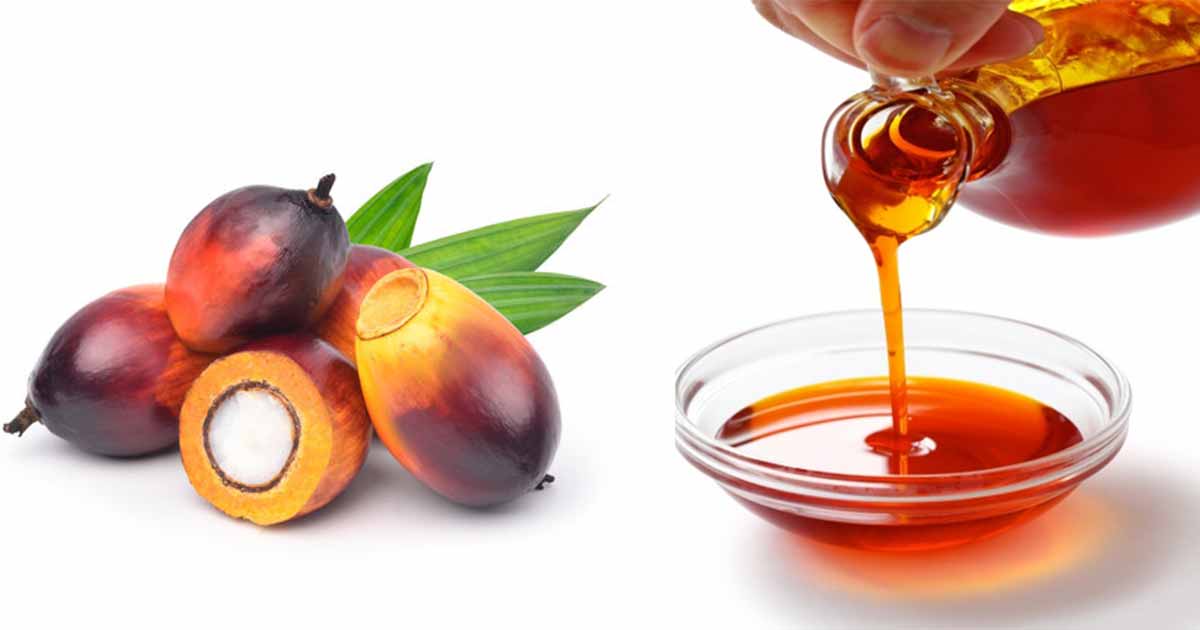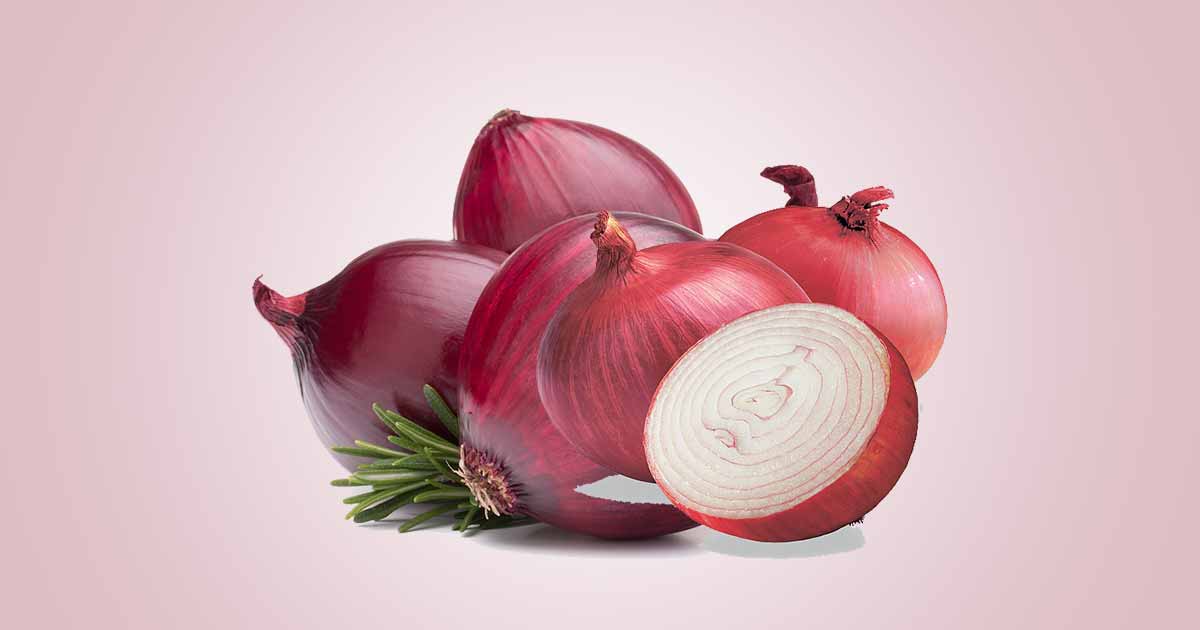Cumin (Cuminum cyminum): Important Nutritional and Health Benefits, Side Effects
Cumin seeds are the dried seeds of Cuminum cyminum, an annual herbaceous plant of the Parsley family (Apiaceae or Umbelliferae family). It is characterized by flowers arranged in umbels (looks like an inverted umbrella as all the flower stalks are joined to the stem at the same point). The name cumin, is from the Latin … Read more

